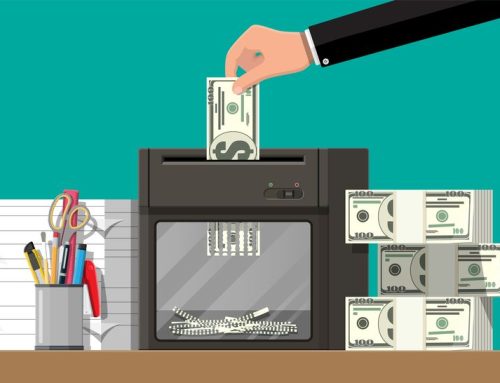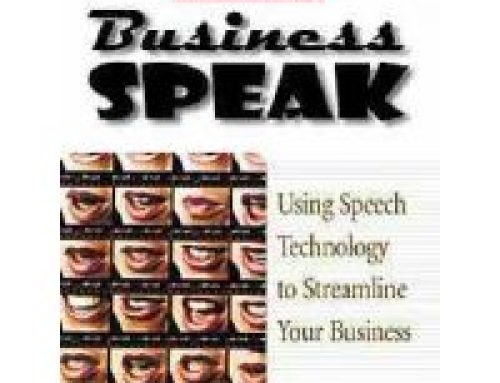Press releases are meant to be promotional pieces of communication that help you tell the world about your new products and services. Reporters and prospects expect a certain amount of self-promotion. But how much is too much?
This article will show you six ways to improve your press releases so they get read and you get the attention you deserve.
1. First of all, press releases should provide a solid core of information. They must contain the who, what, when, where, why and how of the event, the product or the service. Without that information, people can’t make an intelligent decision about your offer.
In other words, people do want to know the name of your product and how it can help them. They want to know how it differs from other products or services. They even want to know the price.
What they don’t want to see is hype.
People expect a certain amount of hype. They expect you to point out your product’s good points. But no one believes that your product is the first, the best, the greatest or the most wonderful. They don’t. So why start off a relationship on a negative where they don’t trust you because you are hyping something?
They also glaze over buzzwords like “truly revolutionary” or “next generation” or any kind of over-the-top claim. In other words, if it reads like a sales letter, then start over. No one is going to be fooled that this is useful information when it is really a naked sales pitch.
2. Here’s a test. Think of your most hated infomercial food processor, exercise machine or diet program. Now, change the name of your product to “sleazy infomercial product” and re-read the press release. If you feel that you’d want to buy one, or learn more about that product, then you might have done a good job. If you think, “Who’d believe that stuff?” then you might have crossed the line.
3. Don’t make the press release look like a sales letter. Don’t use a big screaming headline in red ink. Don’t use bold face, italics or large type. Reporters will strip out the formatting, so you can save them the time it takes to do the editing.
4. It is okay to put in a call to action that helps them learn more about your company or product. Here are examples:
“For more information, go to this link.”
“To download a free chapter, go to this link.”
“For a free consultation, go to this link.”
“For a no-obligation consultation, call this number.”
5. Read a newspaper article or two (or 200) to see what reporters are looking for in a news story and to hear the tone of the article. If you do, you’ll probably write a much better press release.
6. You can put in pictures of the product, or link to pictures from your website. If you are sending a press release to a reporter, don’t put in pictures because the file size will be quite large and might not transmit properly or quickly to reporters who use mobile devices.
If you follow these steps, you’ll be on the start to creating a press release that tells your story and will be read. If you don’t follow these steps, your press release will probably wind up in the garbage can.




Leave A Comment